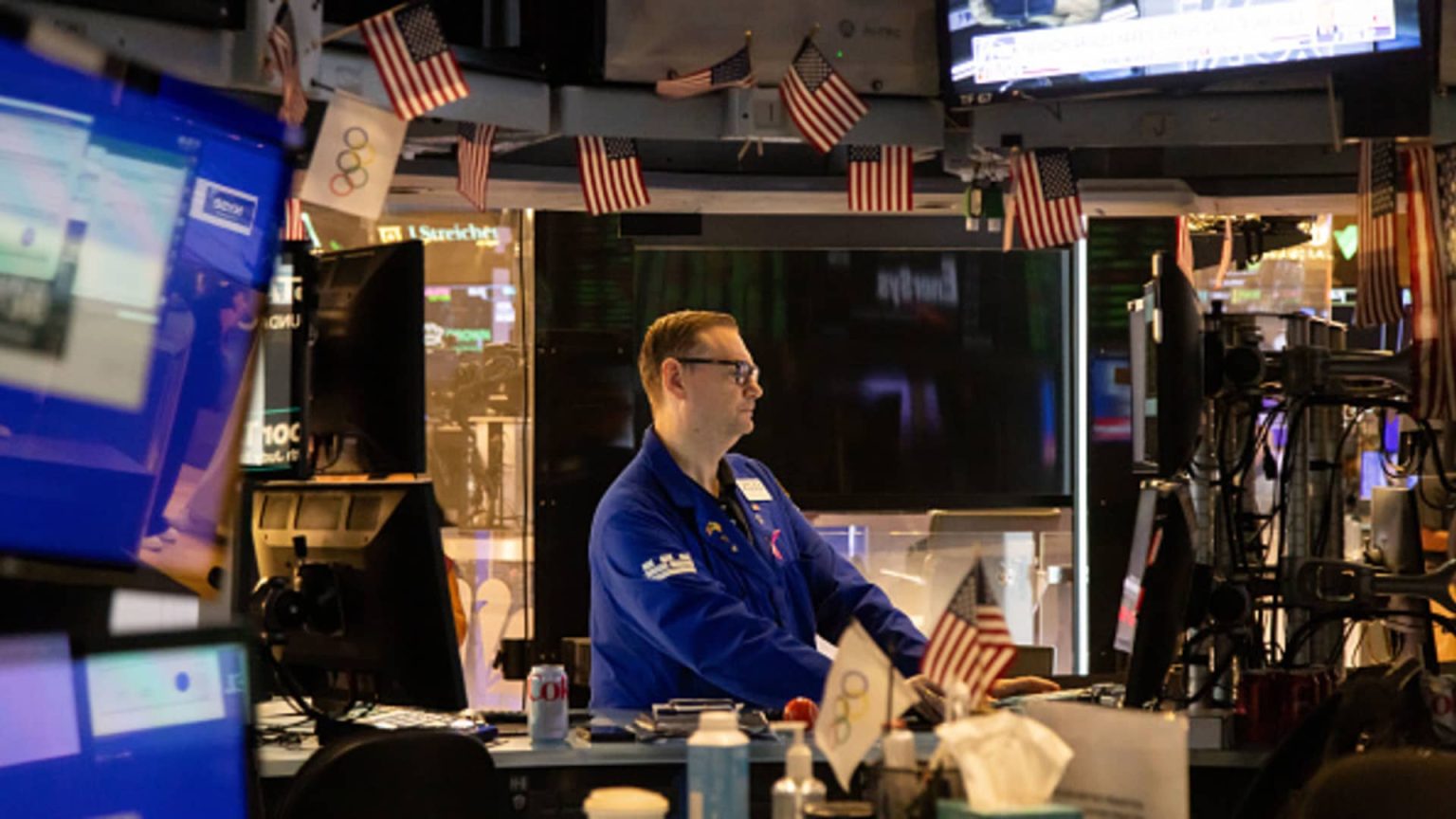Central banks around the world are gearing up to implement or continue interest rate cuts this fall, in a move that will mark the end of historically high borrowing costs. The U.S. Federal Reserve is expected to join other central banks such as the European Central Bank, the Bank of England, the People’s Bank of China, the Swiss National Bank, Sweden’s Riksbank, the Bank of Canada, and the Bank of Mexico in cutting key rates, which have remained at pre-Financial Crisis levels. The move towards easing has been signaled by Fed Chair Jerome Powell, with the central bank looking to maintain a strong labor market and progress on inflation. The Fed is expected to make three 25 basis point cuts by the end of the year.
In addition to the U.S. Federal Reserve, the European Central Bank and the Bank of England are also expected to cut rates by 25 basis points at least three times this year. The central banks are likely to continue monetary easing into early 2025 due to challenges with services inflation. Overall, the global economy can expect lower interest rates next year and reduced pressures from inflation. Despite some weakness in manufacturing-oriented economies such as Germany, more services-focused economies like the U.K. are experiencing solid growth. This shift towards lower rates is likely to impact global markets.
Market reactions to the impending interest rate cuts have been somewhat mixed. European stocks have rebounded from a downturn in 2022 and gained nearly 10% so far in 2024. Wall Street’s S&P 500 index has also shown growth. The VIX volatility index, which spiked in August amid global equities downturn, has now returned to below average levels. It is expected that markets will experience choppiness due to factors such as geopolitics, corporate earnings, and sector rotation, but equities are still seen as the asset class of choice for the remainder of the year.
Investors are closely monitoring the U.S. jobs market for signs of economic health. Recent Fed commentary has been positive for stocks, and the anticipation of rate cuts has been well-received by markets. Despite the potential for volatility in the coming months, particularly in response to U.S. economic data, a soft landing for the U.S. economy is still seen as achievable. Rate cuts and strong equity earnings growth are expected to support market performance. However, the pace of rate cuts and the state of the U.S. economy will be key factors to watch.
The interplay between inflation, rate expectations, and economic growth will continue to drive movements in currency markets. The potential for the euro to rise significantly against the dollar may impact market expectations regarding the timing of ECB rate cuts. Meanwhile, the outcome of the U.S. election could affect the Fed’s stance on rate cuts, particularly if tariffs are increased under a Trump administration. Rabobank forecasts four Fed rate cuts between September and January, with the potential for a stronger U.S. dollar into the spring. The Bank of England’s rate cuts may be limited due to wage inflation, affecting the pace of monetary policy adjustments.


